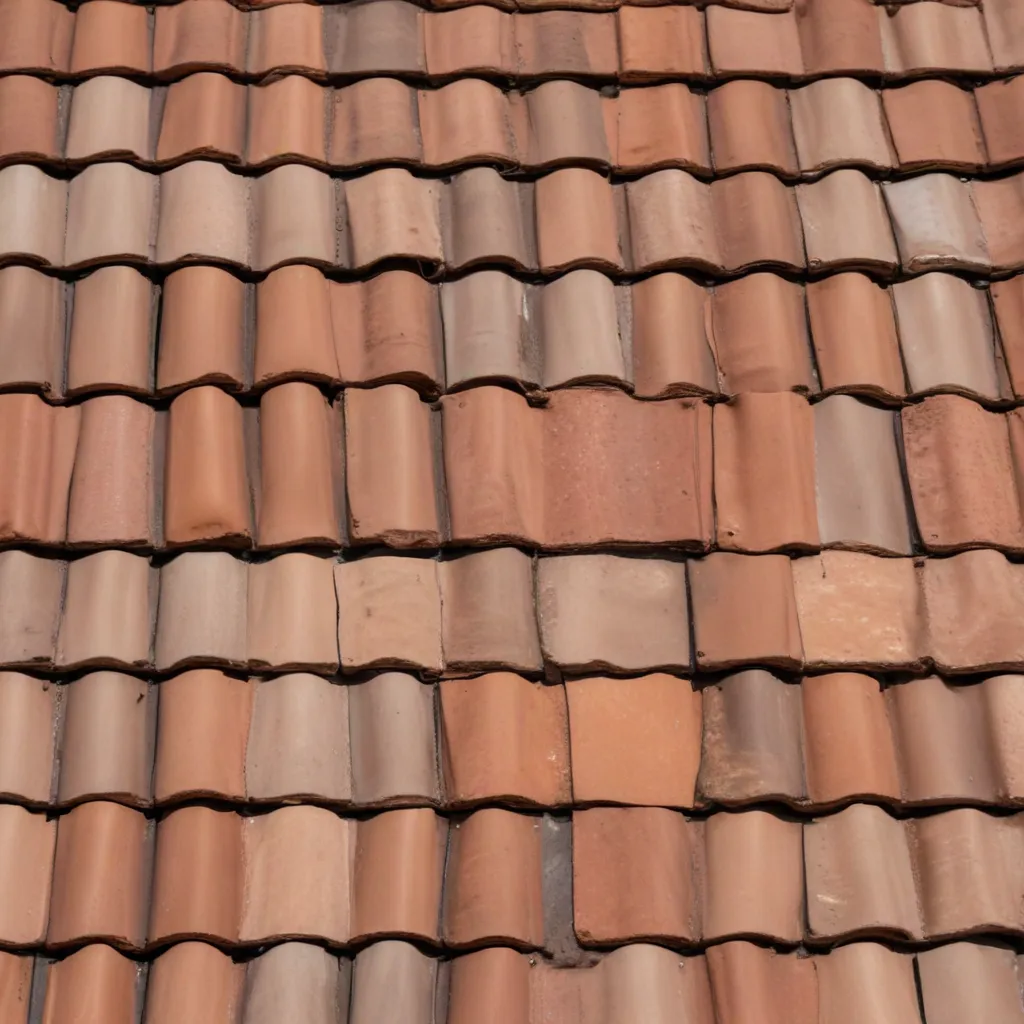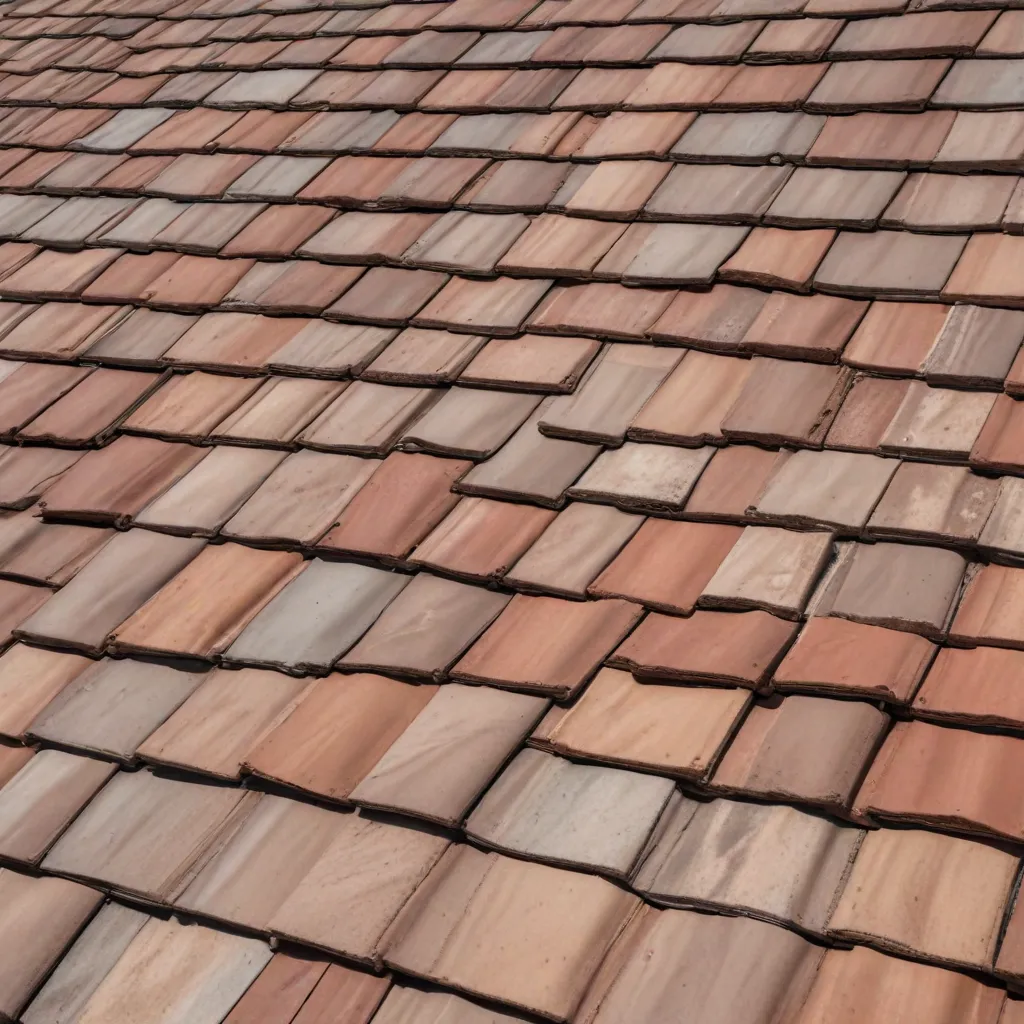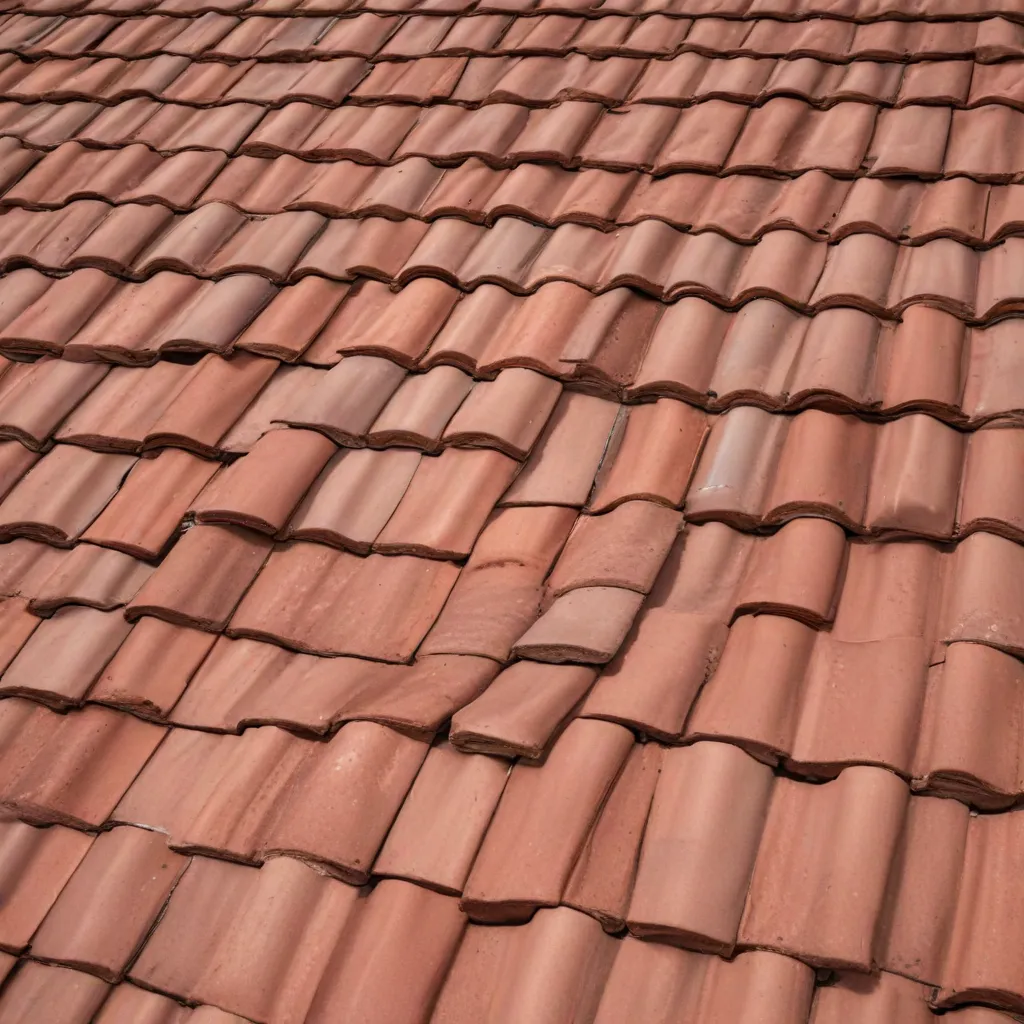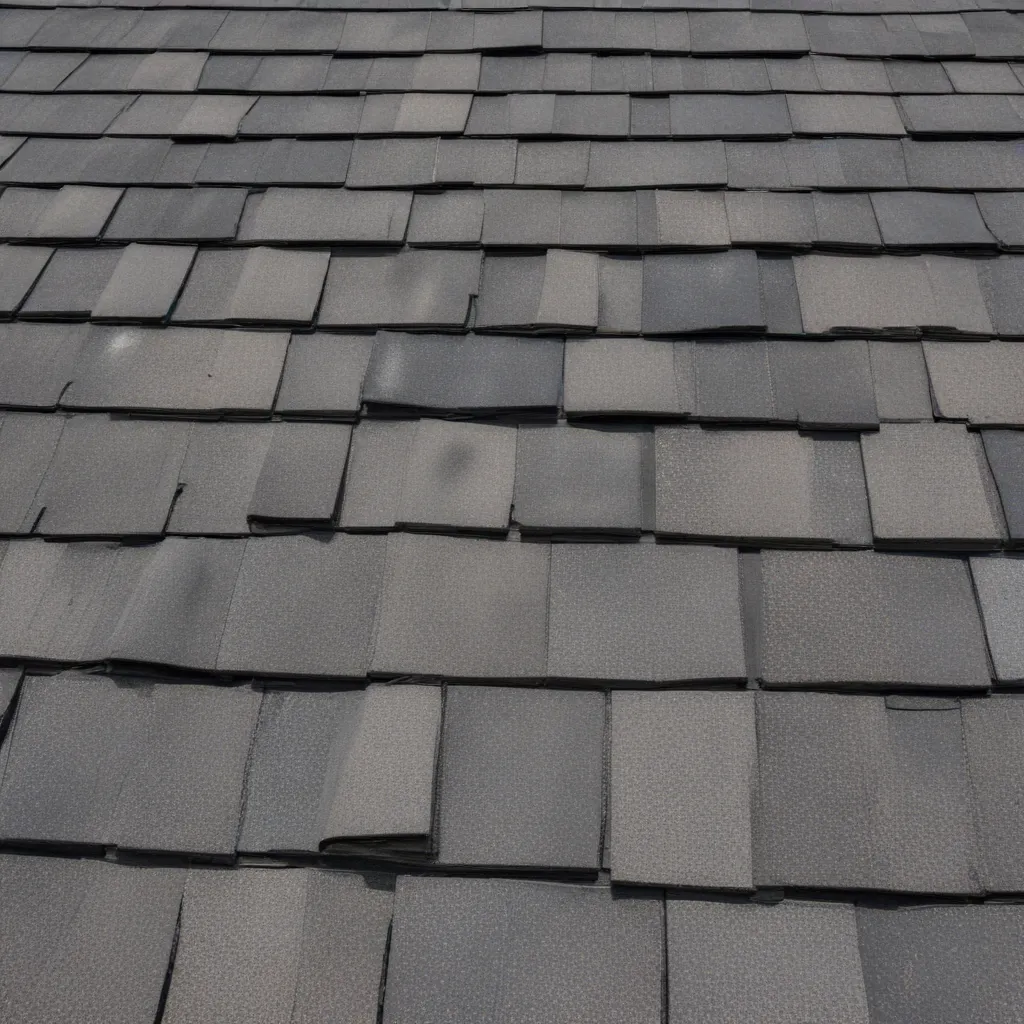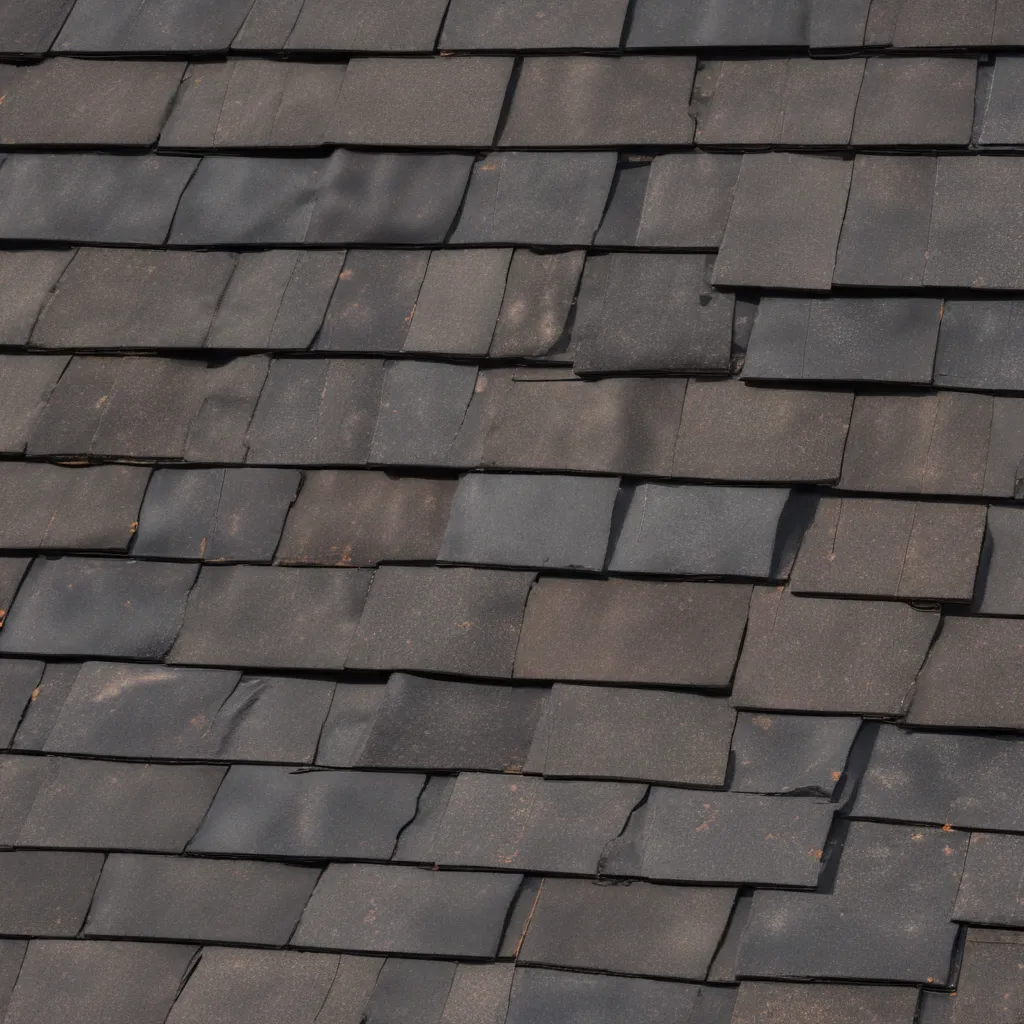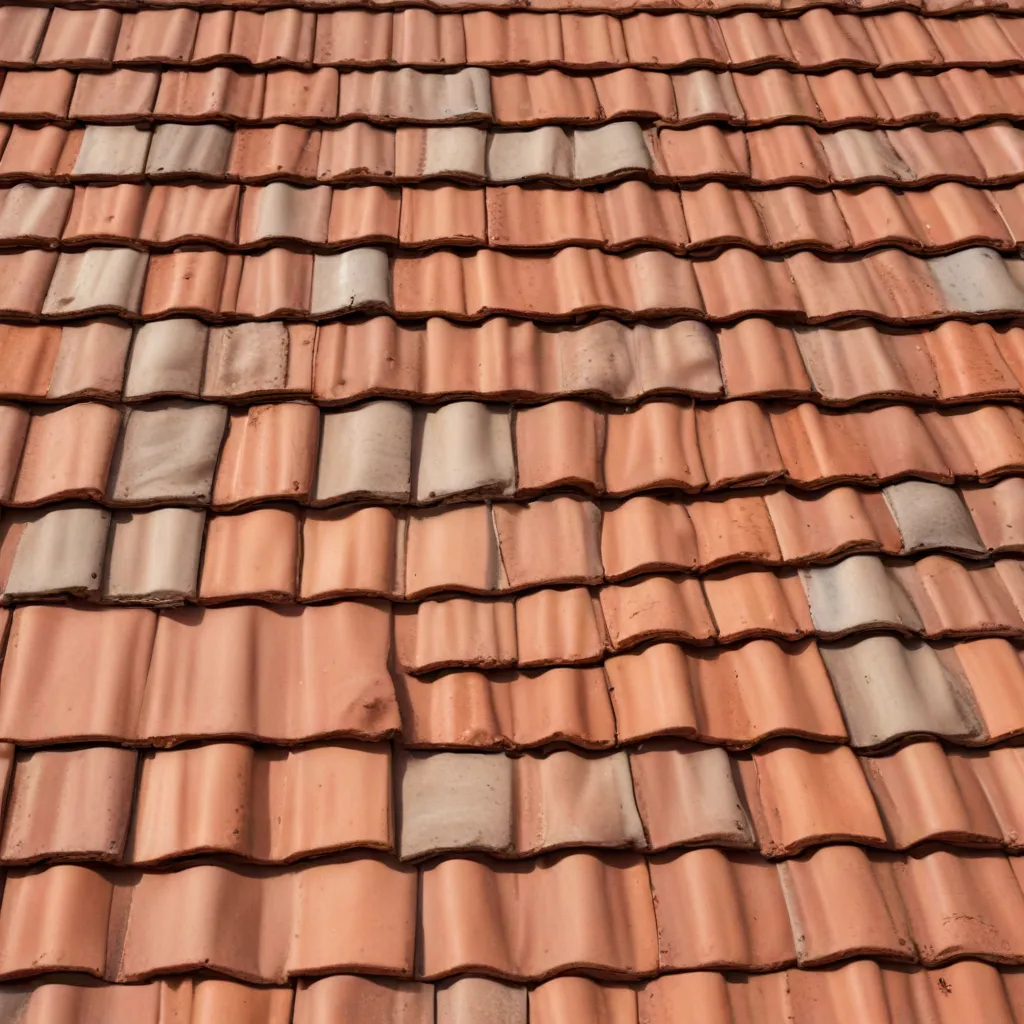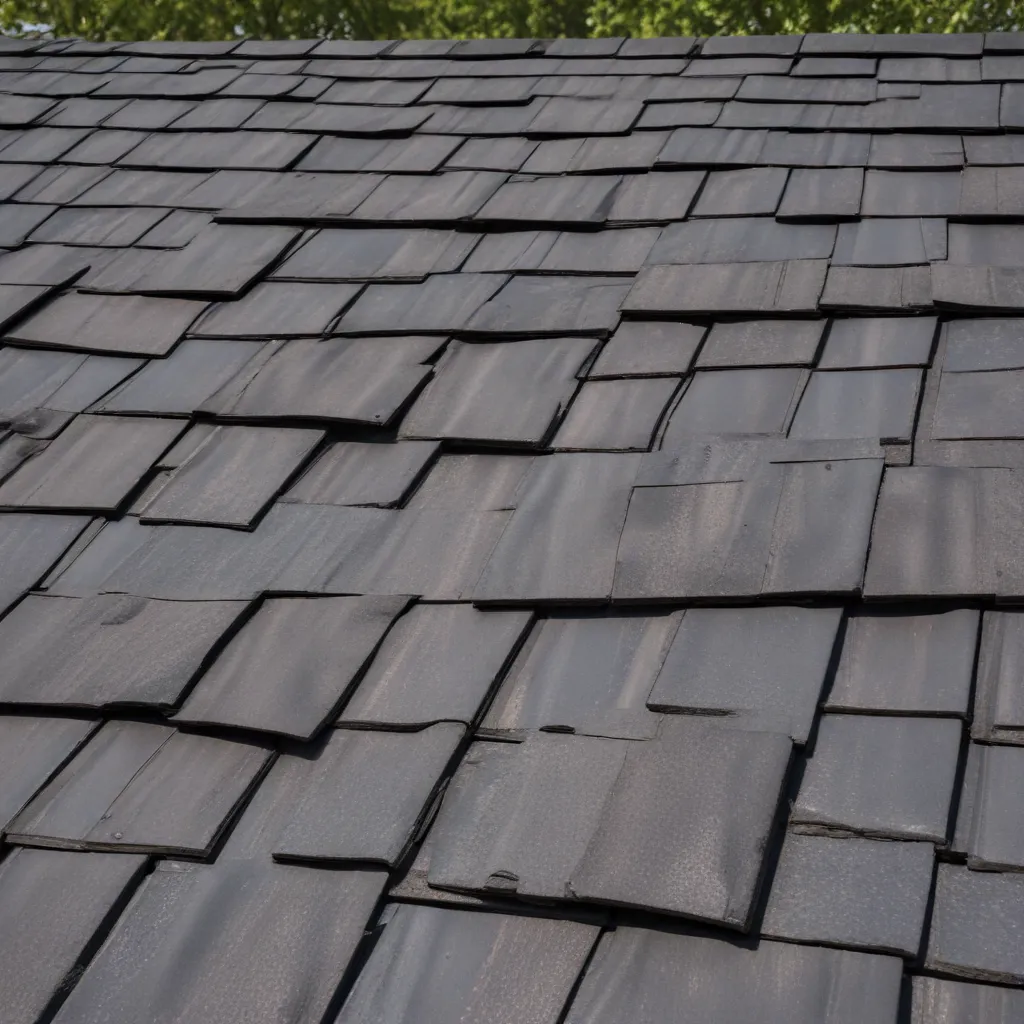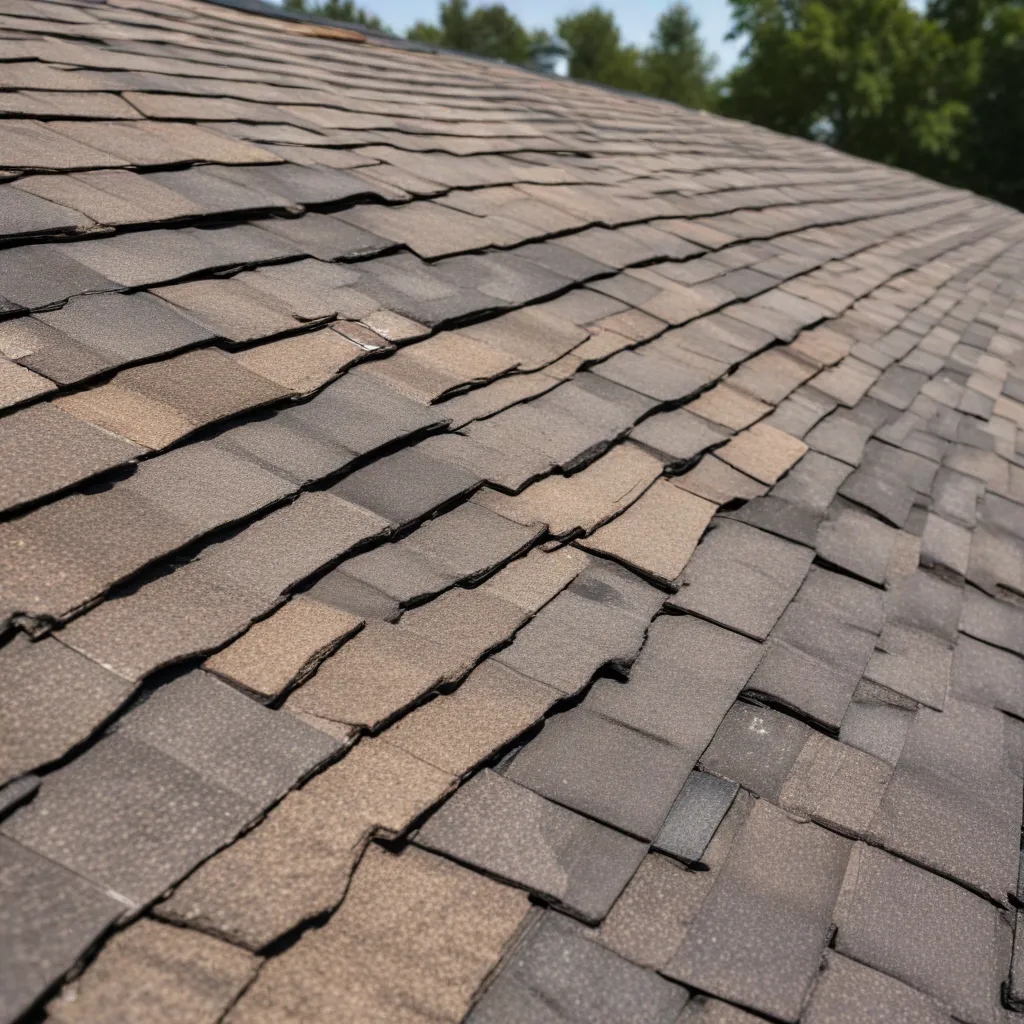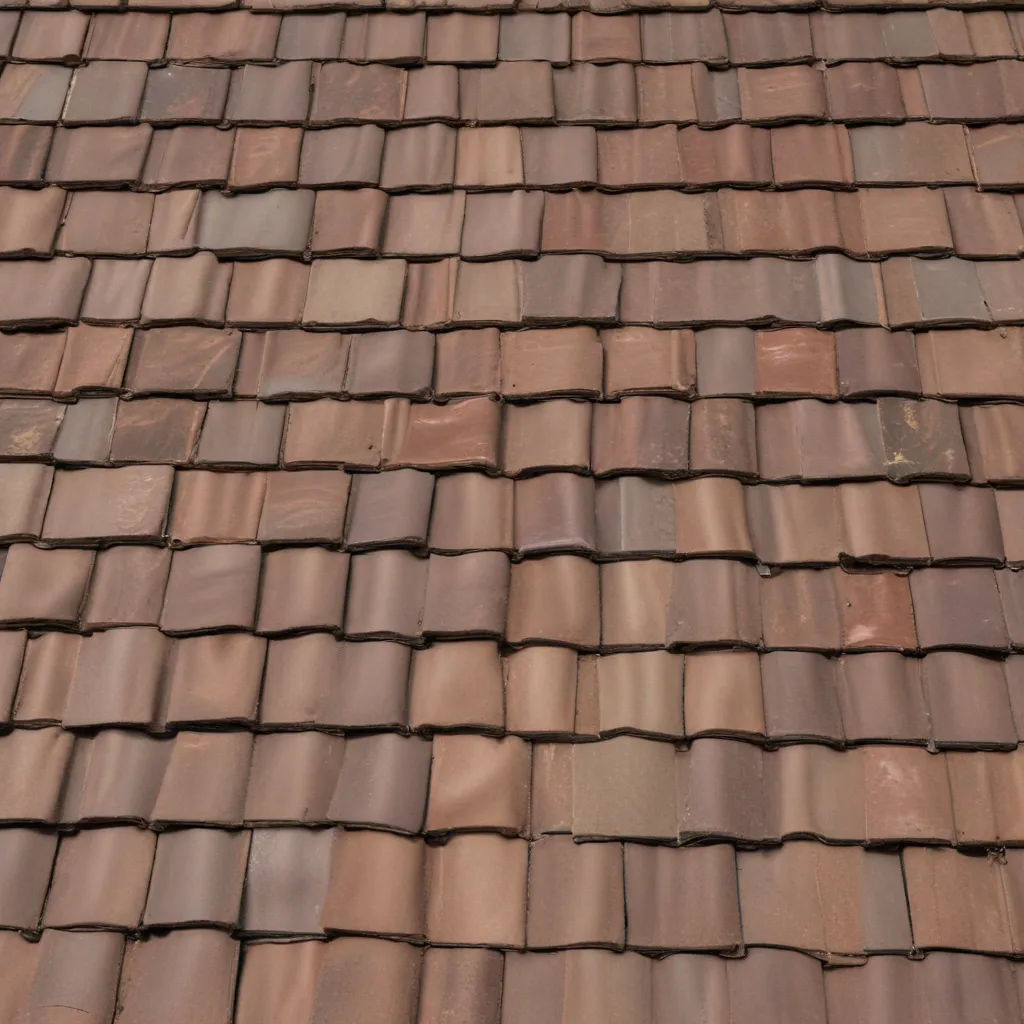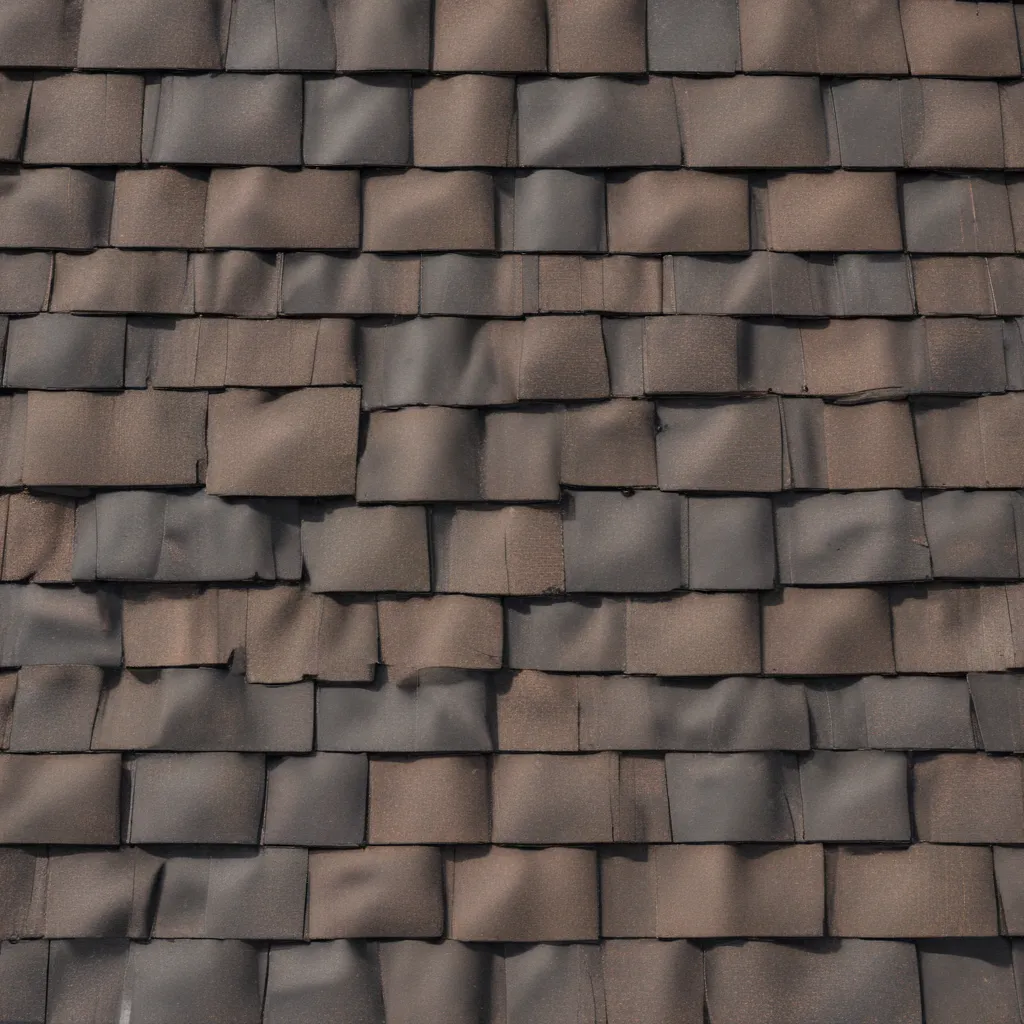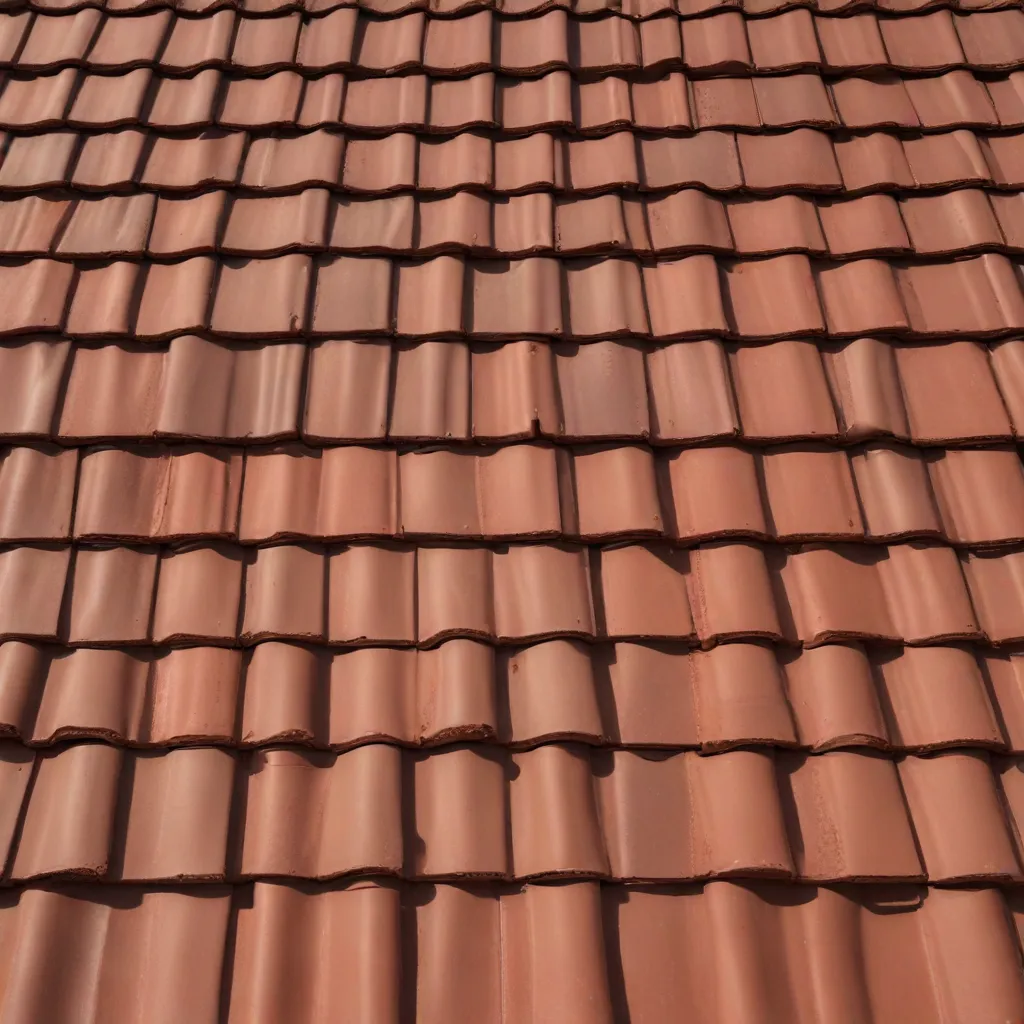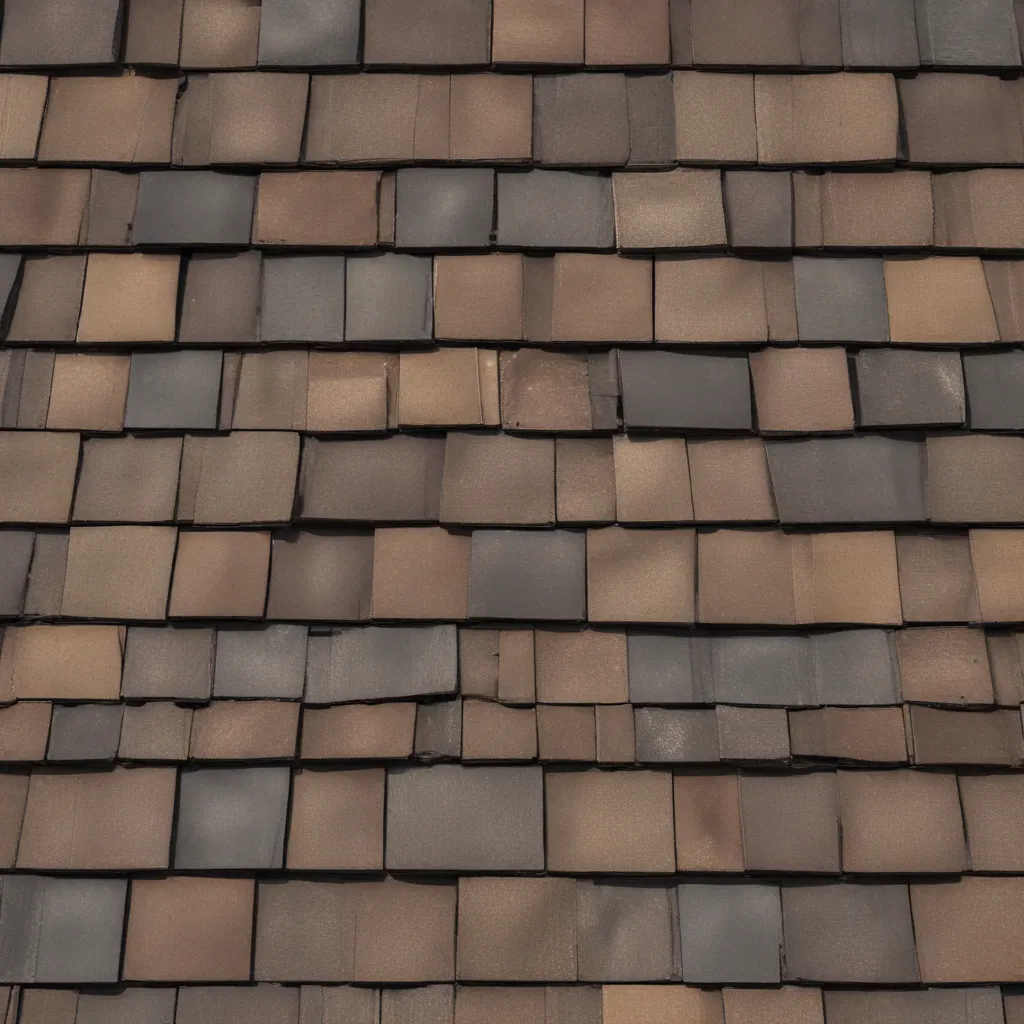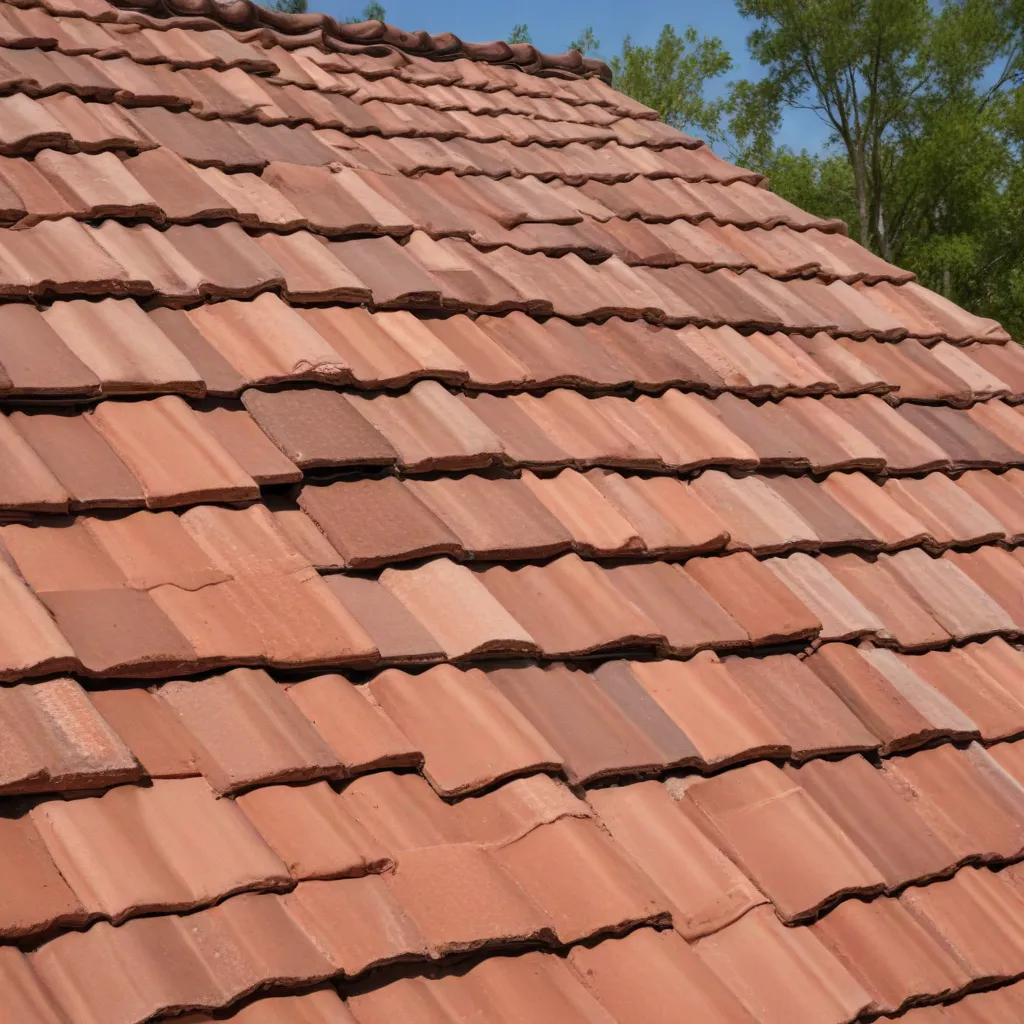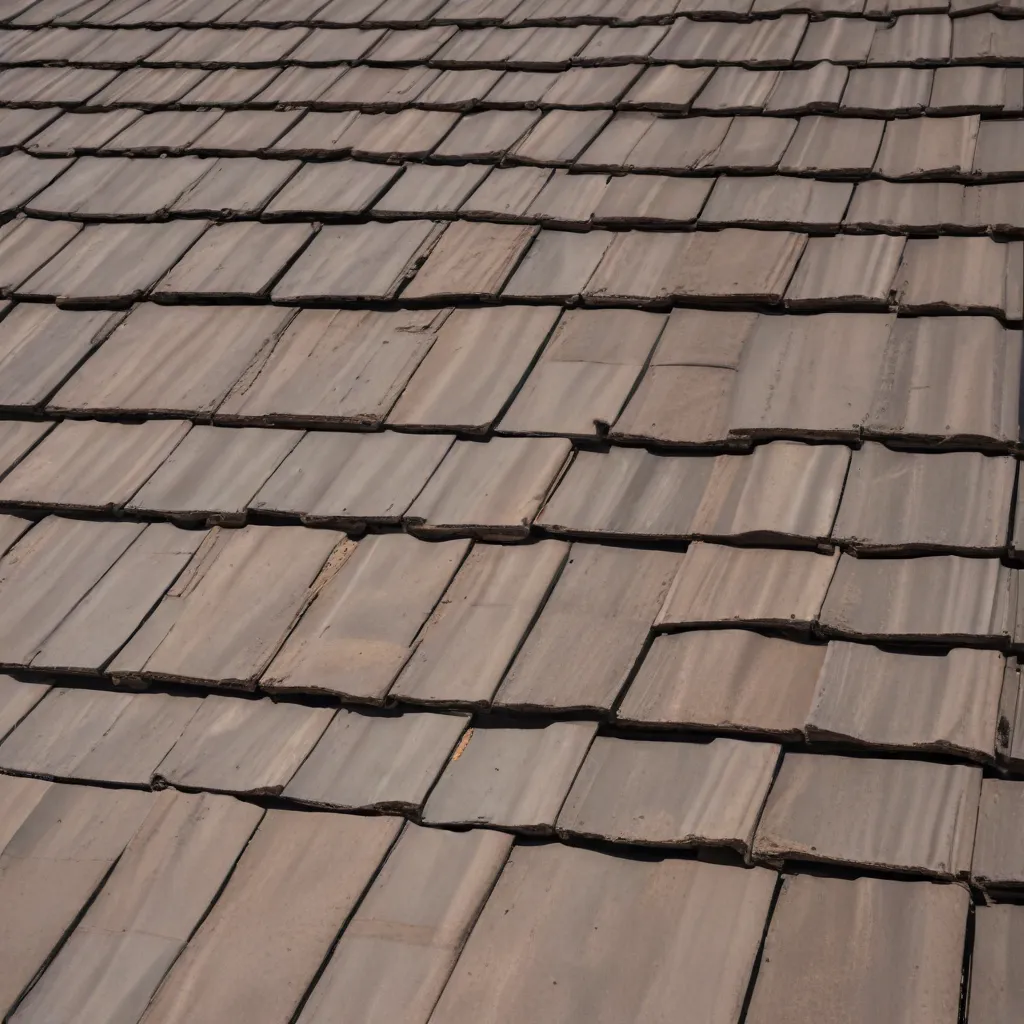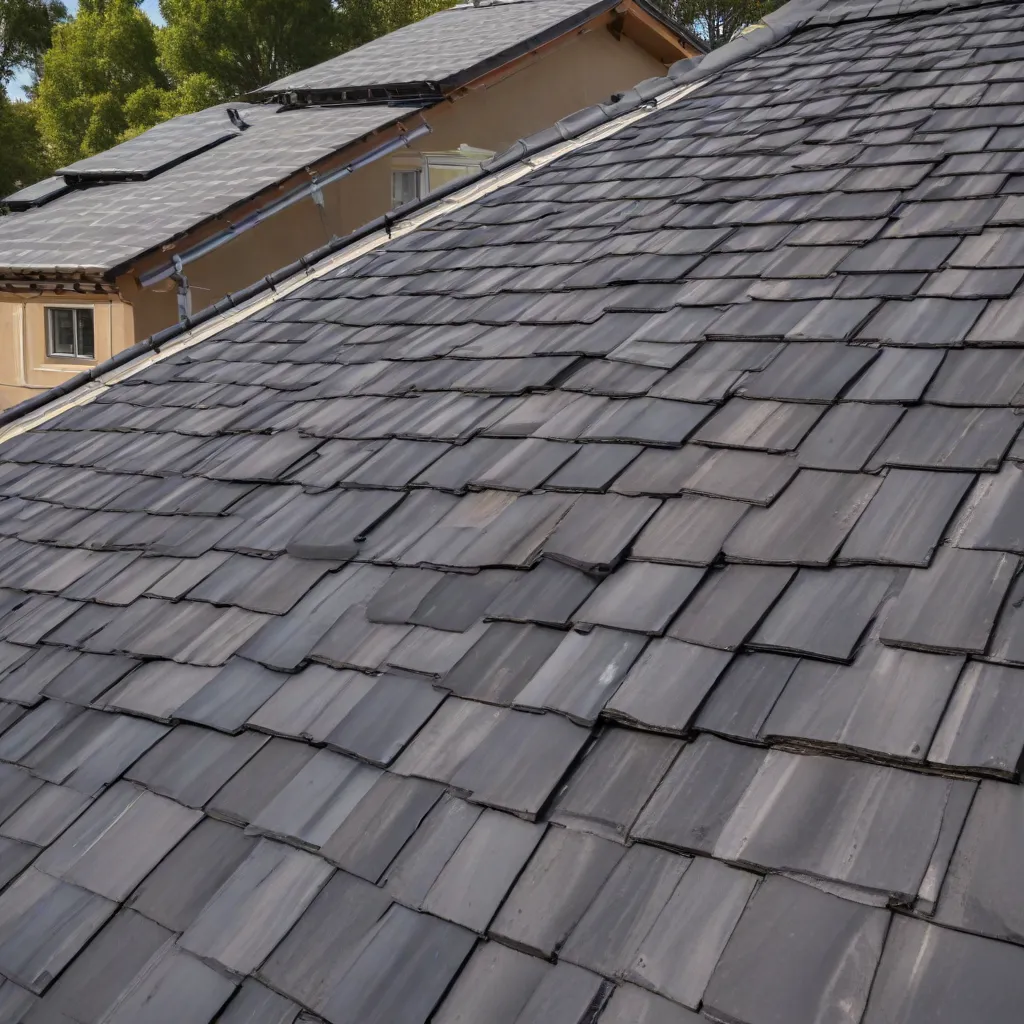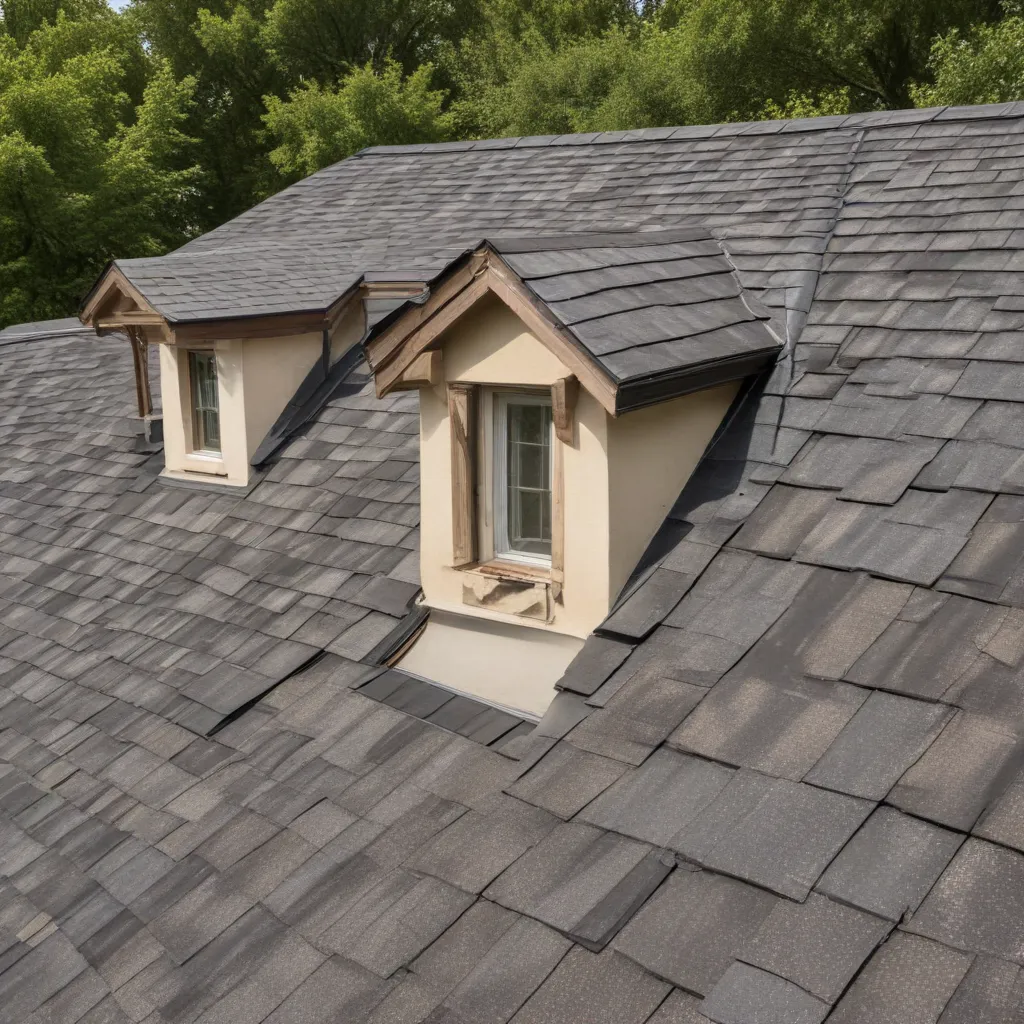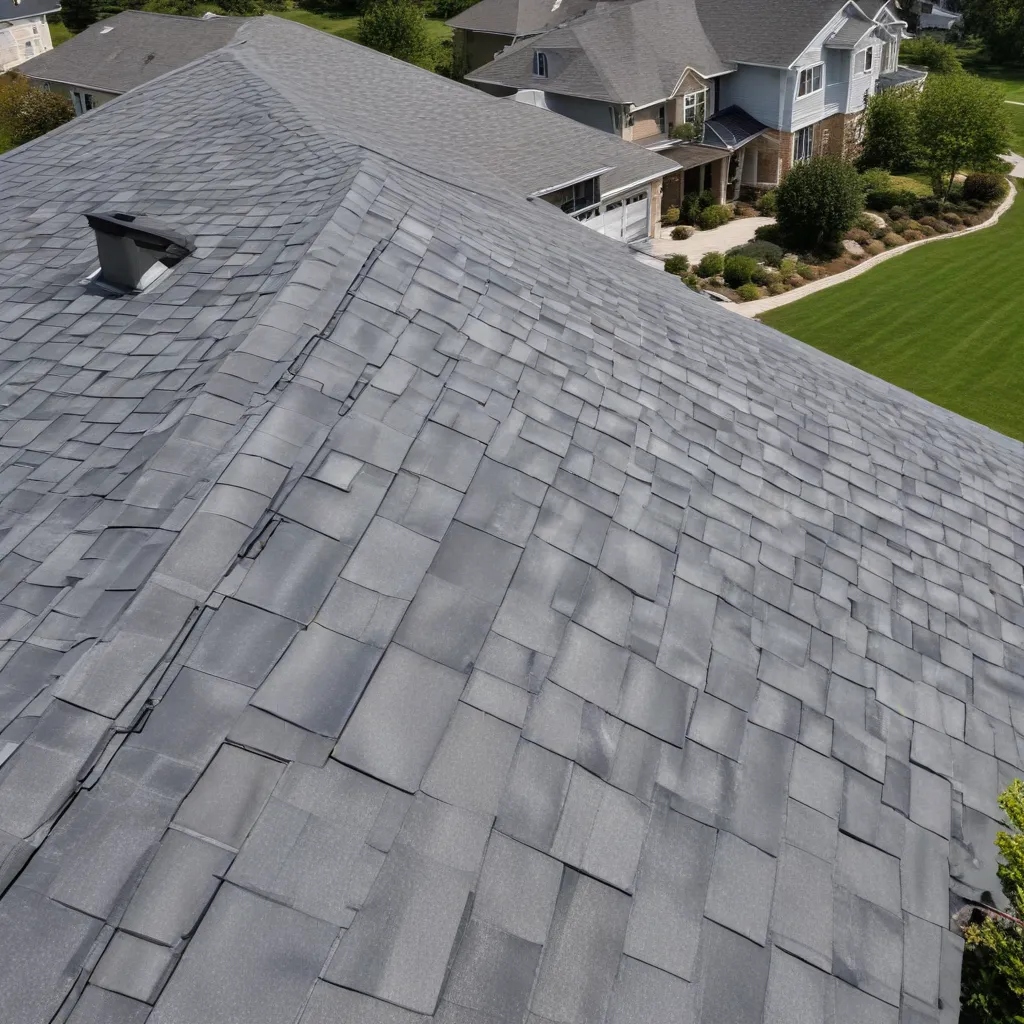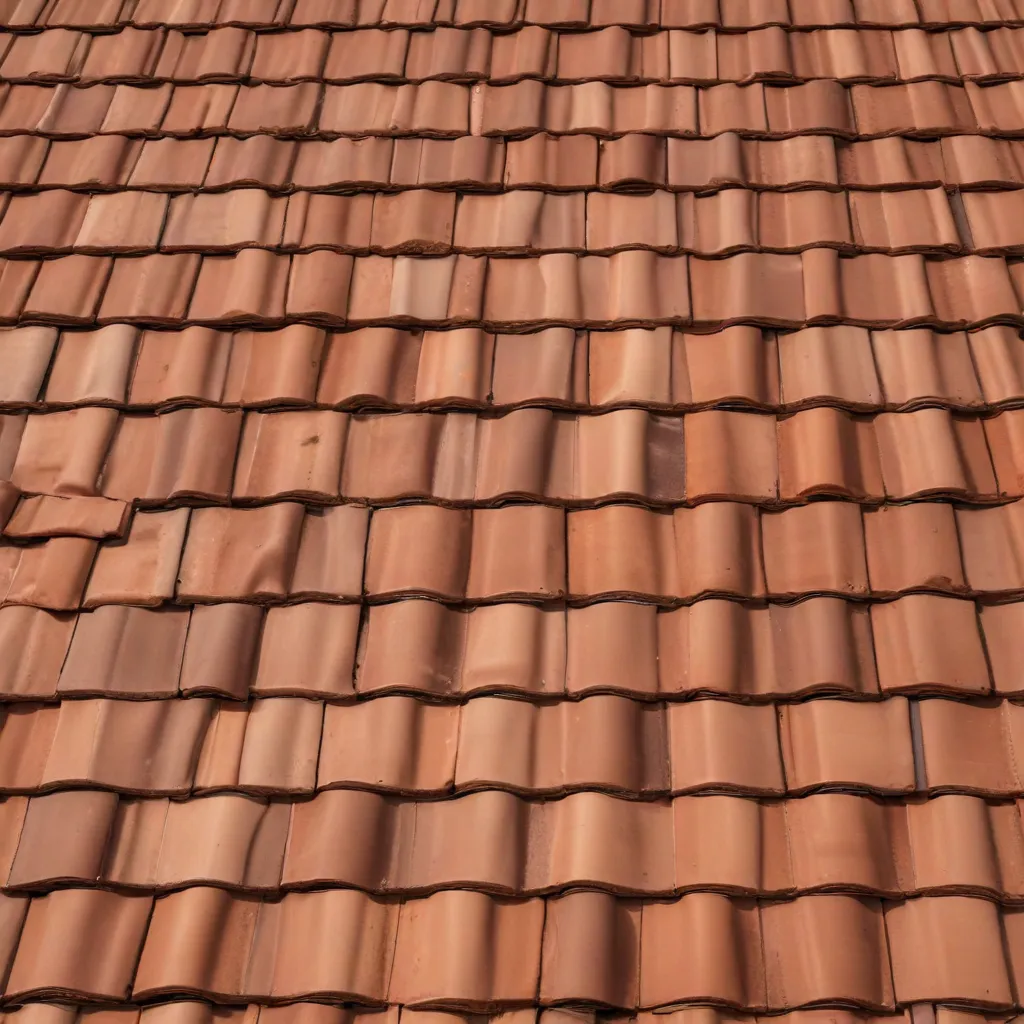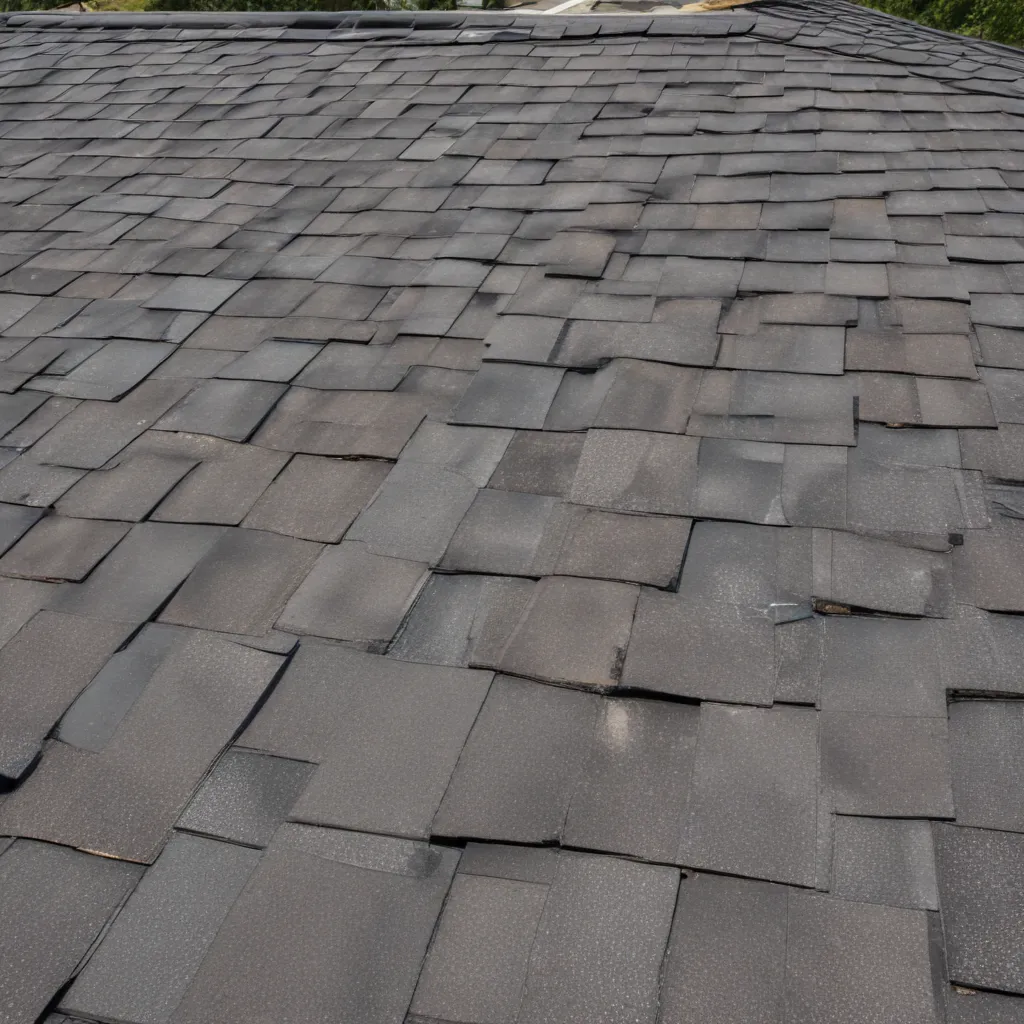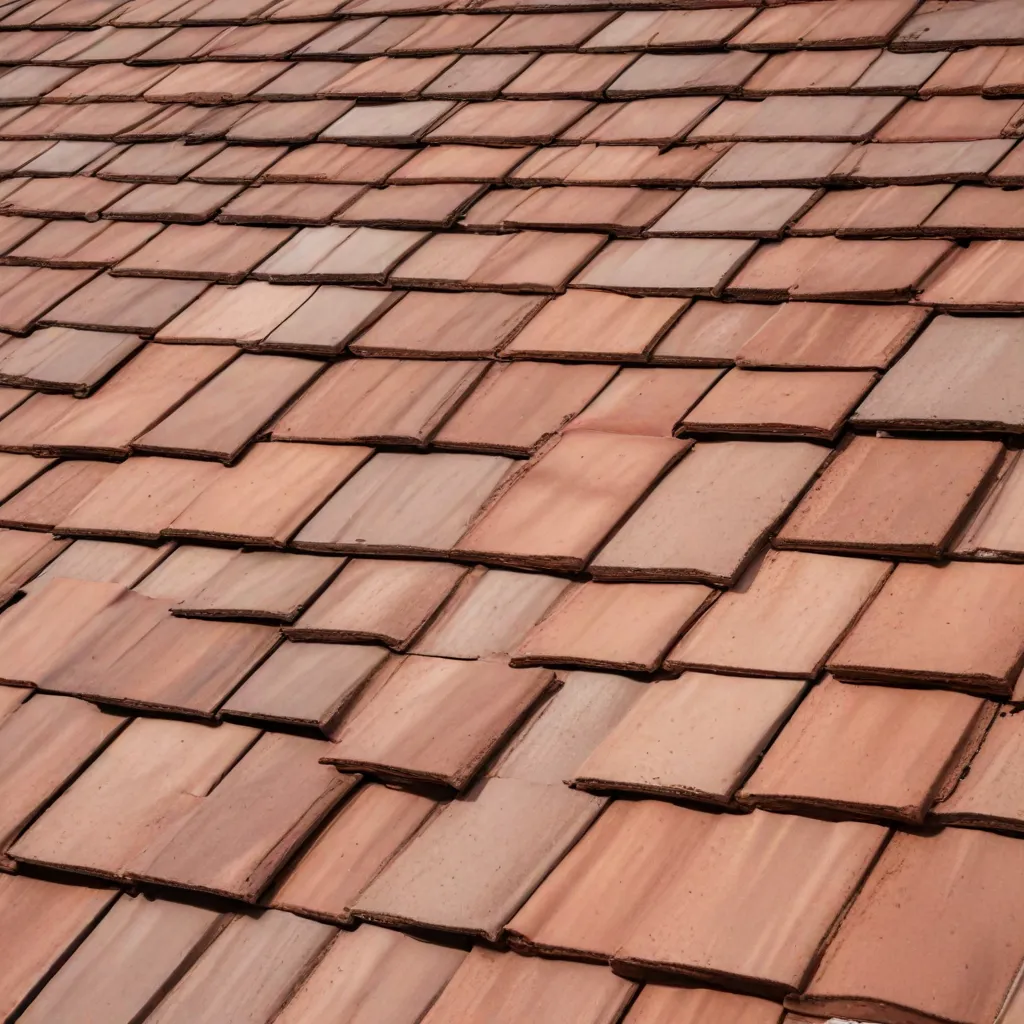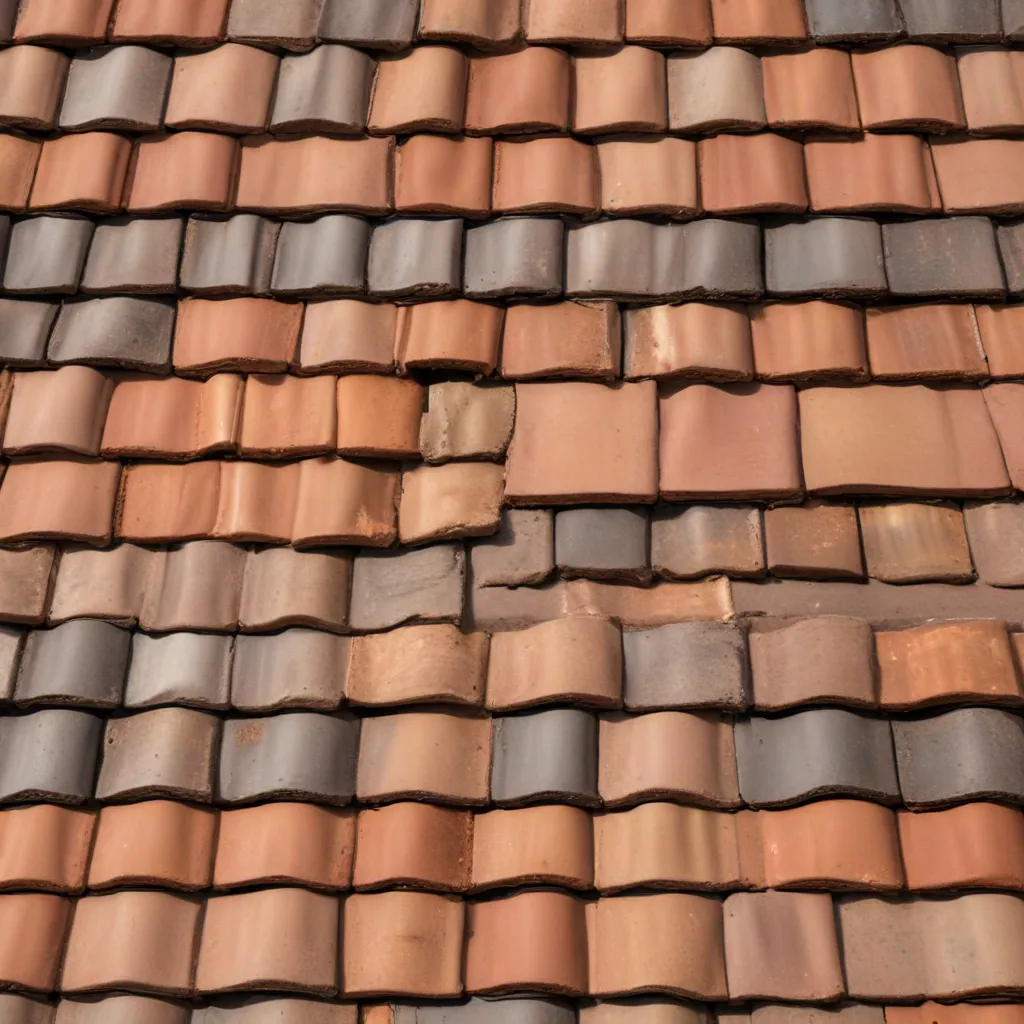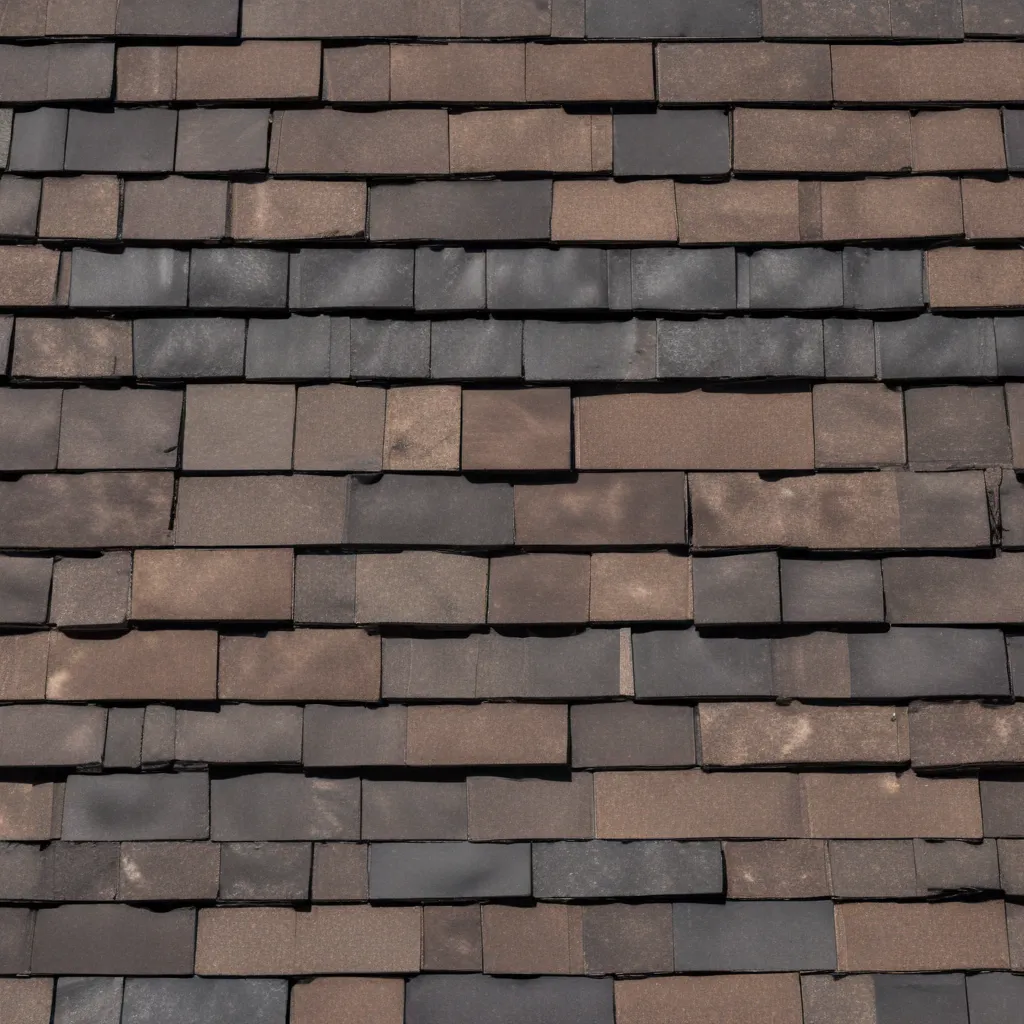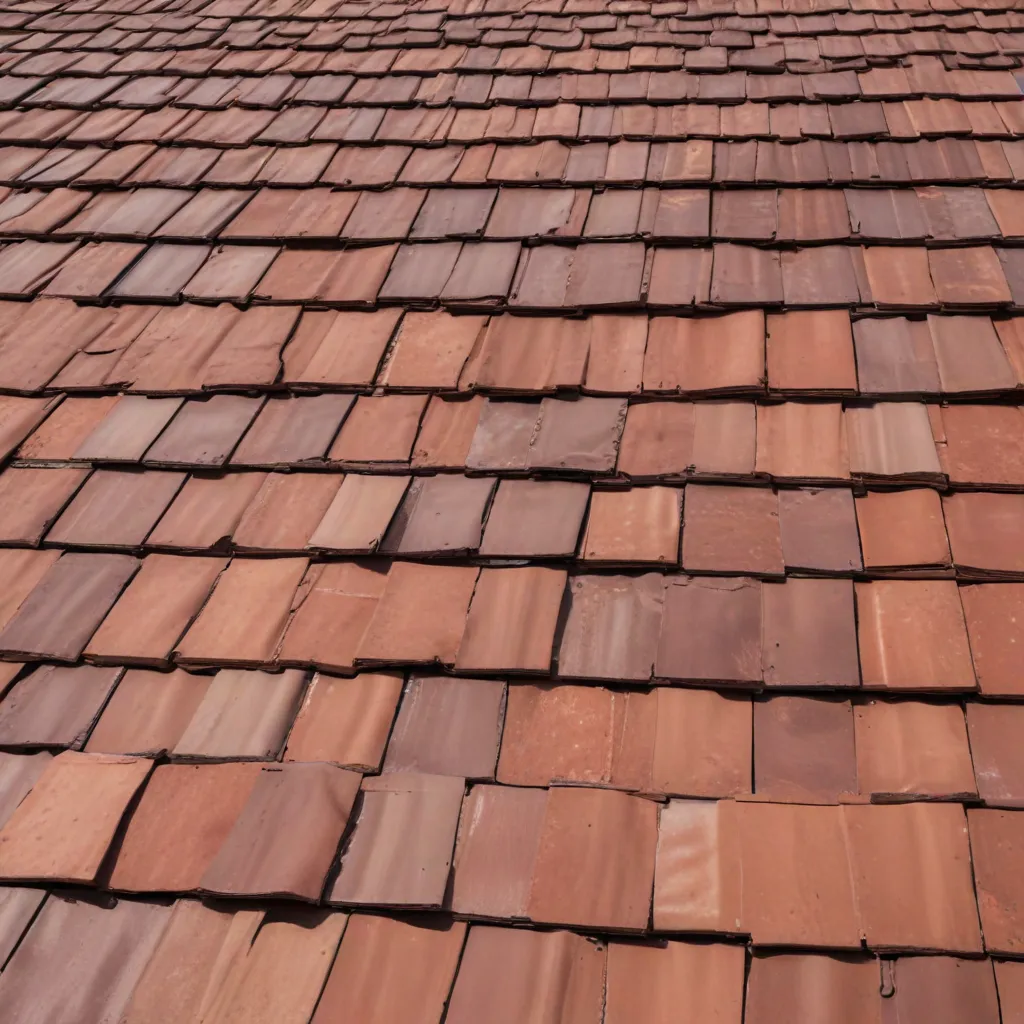Welcome to our comprehensive guide on roofing insulation and its crucial role in creating a healthy indoor environment. In this article, we will delve into the importance of proper insulation for your roof, how it contributes to energy efficiency, and the numerous benefits it provides for your overall well-being. We will explore the different types of insulation materials available, their installation process, and highlight key factors to consider when choosing the right insulation for your roofing needs.
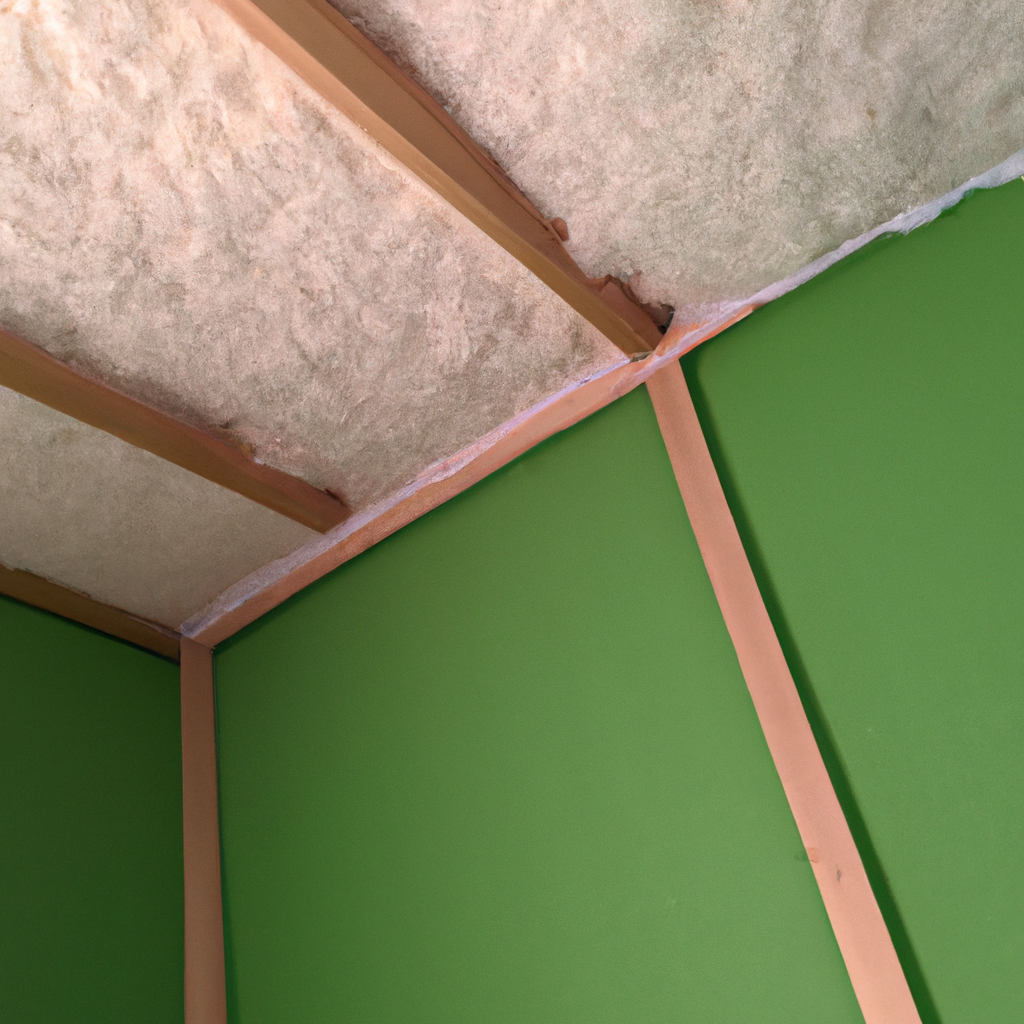
The Significance of Roofing Insulation
Roofing insulation plays a pivotal role in maintaining a comfortable living space while minimizing energy consumption. It acts as a protective barrier, preventing heat transfer between the interior and exterior of your home. By effectively regulating temperature, insulation helps to create a consistent and pleasant indoor environment throughout the year.
Energy Efficiency and Cost Savings
One of the primary advantages of roofing insulation is its ability to improve energy efficiency. A properly insulated roof can significantly reduce heat loss during colder months and limit heat gain during hotter periods. This means that your heating and cooling systems will consume less energy to maintain a comfortable temperature, resulting in substantial cost savings on your utility bills.
Comfort and Temperature Regulation
Insulation acts as a buffer against extreme weather conditions, keeping your home cool in the summer and warm in the winter. With adequate insulation, you can enjoy a consistently comfortable indoor temperature without relying heavily on air conditioning or heating systems. This not only enhances your comfort but also reduces the strain on your HVAC equipment, extending its lifespan.
Noise Reduction
Roofing insulation also plays a crucial role in minimizing external noise pollution. It acts as a sound barrier, reducing the transmission of noise from outside sources such as traffic, construction, or loud neighbors. By creating a quieter indoor environment, insulation promotes relaxation, focus, and overall well-being.
Types of Roofing Insulation
There are various types of roofing insulation materials available, each with its own unique properties and benefits. Understanding these options can help you make an informed decision when selecting the most suitable insulation for your roof.
Fiberglass Insulation
Fiberglass insulation is one of the most commonly used types of insulation due to its affordability and effectiveness. Composed of fine glass fibers, this insulation material is lightweight and easy to install. Fiberglass insulation provides excellent thermal resistance, preventing heat transfer and maintaining a comfortable indoor temperature.
Spray Foam Insulation
Spray foam insulation is a versatile option that can be applied to various roof types and shapes. It is composed of a combination of chemicals that expand upon application, creating a seamless and airtight insulation layer. Spray foam insulation offers superior thermal resistance and effectively seals any gaps or cracks, providing optimal energy efficiency.
Cellulose Insulation
Cellulose insulation is an eco-friendly option made from recycled paper products treated with fire-retardant chemicals. It is an excellent choice for those seeking sustainable insulation solutions. Cellulose insulation provides effective thermal resistance and sound absorption properties, contributing to a comfortable and quiet indoor environment.
Reflective Insulation
Reflective insulation is primarily used in warm climates to reflect radiant heat away from the roof. It is composed of a reflective material, typically aluminum foil, laminated onto a substrate. By preventing solar heat absorption, reflective insulation helps to keep your home cool and reduces the need for excessive air conditioning.
Installation Process
The installation process for roofing insulation may vary depending on the type of insulation material chosen. It is crucial to follow the manufacturer’s guidelines and consult professionals for proper installation. Here are some general steps involved in the installation process:
- Assessment and Preparation: Begin by assessing the condition of your roof and identifying any areas that require repair or reinforcement. Ensure the roof is clean and clear of debris before proceeding with insulation installation.
- Material Selection: Choose the insulation material that best suits your needs and budget. Consider factors such as thermal resistance, environmental impact, and long-term durability.
- Measurement and Cutting: Measure the area of your roof accurately and cut the insulation material accordingly. Take care to leave space around vents, chimneys, or other roof penetrations.
- Application: Install the insulation material according to the manufacturer’s instructions. For fiberglass insulation, it is usually rolled or placed in between joists. Spray foam insulation is applied using specialized equipment, while cellulose insulation is blown into cavities.
- Sealing and Finishing: Ensure all gaps, cracks, and joints are sealed properly to prevent air leakage. This enhances the overall effectiveness of the insulation and minimizes energy loss.
Choosing the Right Insulation
When selecting the right insulation for your roof, several factors should be considered to ensure optimal performance and long-term benefits.
R-Value
The R-value measures the insulation material’s resistance to heat flow. Higher R-values indicate greater thermal resistance and better insulation performance. Consider the climate in your region and consult with professionals to determine the appropriate R-value for your specific needs.
Moisture Resistance
Roofing insulation should possess moisture resistance properties to prevent the growth of mold or mildew. Moisture-resistant insulation materials are especially crucial in areas prone to high humidity levels or water leaks.
Fire Safety
Ensure the insulation material you choose meets the necessary fire safety standards. Fire-retardant insulation provides an added layer of protection, reducing the risk of fire spread in the event of an emergency.
Environmental Impact
Consider eco-friendly insulation options that have minimal environmental impact. Recycled or sustainable materials not only contribute to a healthier indoor environment but also help reduce your carbon footprint.
Conclusion
Roofing insulation is often underestimated, but it plays a vital role in creating a healthy indoor environment. By providing energy efficiency, comfort, noise reduction, and temperature regulation, insulation offers numerous benefits for homeowners. With various insulation materials available, it is essential to choose the right one based on factors such as R-value, moisture resistance, fire safety, and environmental impact. Ensure proper installation by following guidelines and consulting professionals. By prioritizing quality insulation, you can enjoy a comfortable and sustainable home while reducing energy consumption and utility costs.

